The history of the first cameras

Today we can no longer imagine life without many things, but once they were not. Attempts to create various devices were made in antiquity, but many inventions have not reached us. Let's trace the history of the invention of the first cameras.
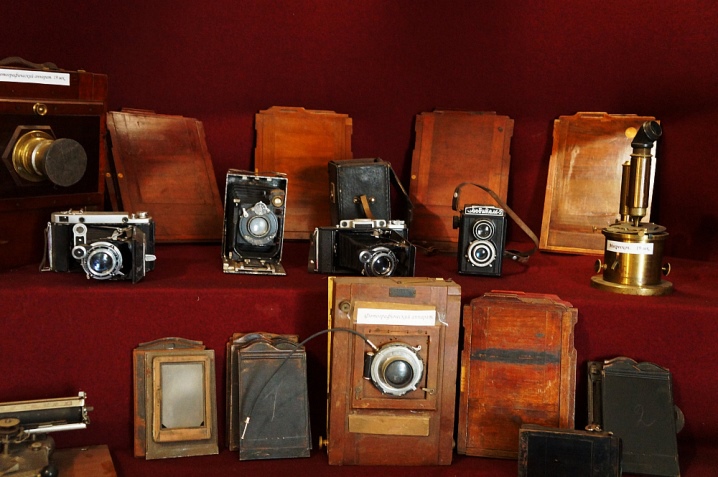
Who invented?
The first prototypes of cameras appeared several millennia ago.
Pinhole camera
It was mentioned back in the 5th century by Chinese scientists, but the ancient Greek scientist Aristotle described it in detail.
The device is a black box, on one side covered with frosted glass, with a hole in the center. Rays penetrate through it on the opposite wall.

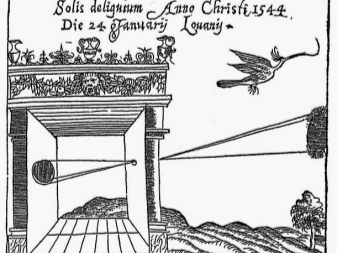
An object was placed in front of the wall. The beams reflected it inside a black box, but the image was reversed. Then the obscura was used in various experiments.
- In the 20th century, the Arab scientist Haytham explained the principle of the camera.

- In the 13th century, it was used to study solar eclipses.

- In the XIV century, the angular diameter of the sun was measured.
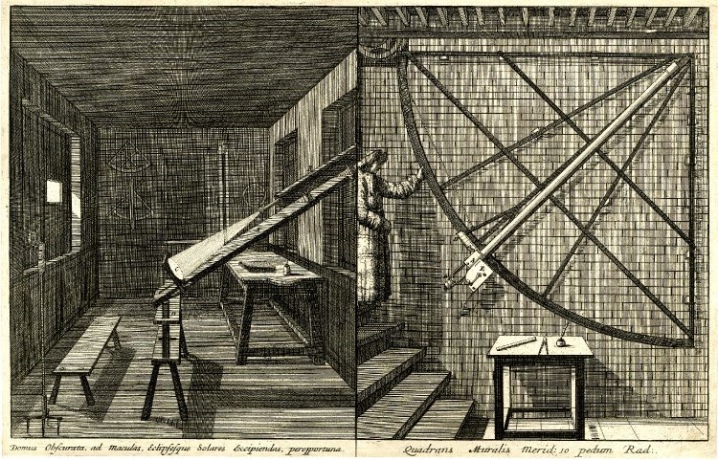
- Leonardo da Vinci uses a device to create images on a wall 100 years later.
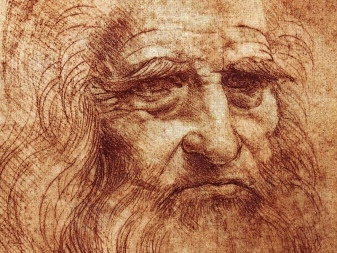
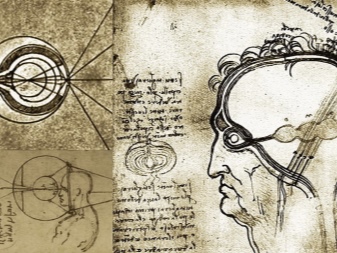
- The 17th century brought improvements to the camera. A mirror was added that flips the drawing, showing it correctly.
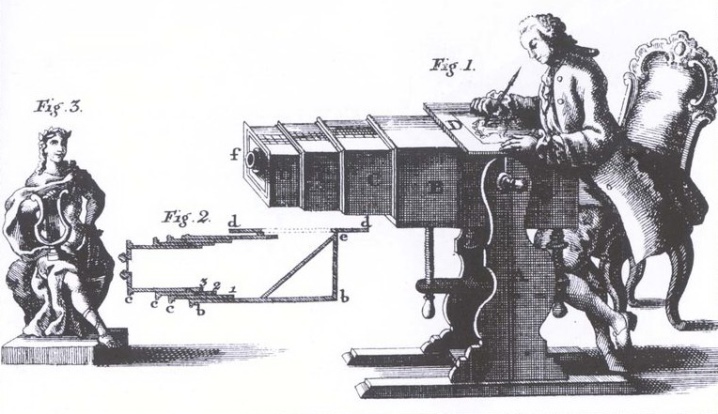
Then the device underwent other changes.
Inventions prior to the advent of the camera
Before modern cameras appeared, they underwent a long evolution from the pinhole camera. First it was necessary to prepare and get other discoveries.
Invention | time | inventor |
The law of refraction of light | XVI century | Leonard Kepler |
Building a telescope | XVIII century | Galileo Galilei |
Asphalt varnish | XVIII century | Joseph Niepce |
After a number of such discoveries, the time has come for the camera itself.
After the discovery of asphalt lacquer, Joseph Niepce continued his experiments. 1826 is considered the year of the invention of the camera.
The ancient inventor put the asphalt plate in front of the camera for 8 hours, trying to get the landscape outside the window. An image appeared. Joseph worked for a long time to improve the device. He treated the surface with lavender oil, and the first photograph was obtained. The device that took the picture was named by Niepce the heliograph. Now it is Joseph Niepce who is credited with the emergence of the first camera.
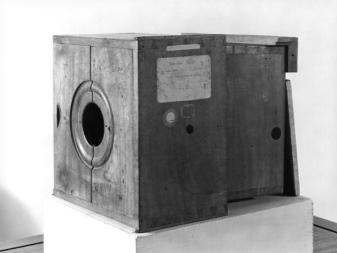

This invention is considered the first camera.
What year were film cameras invented?
The invention was picked up by other scientists. They continued to make discoveries that would lead to photographic film.
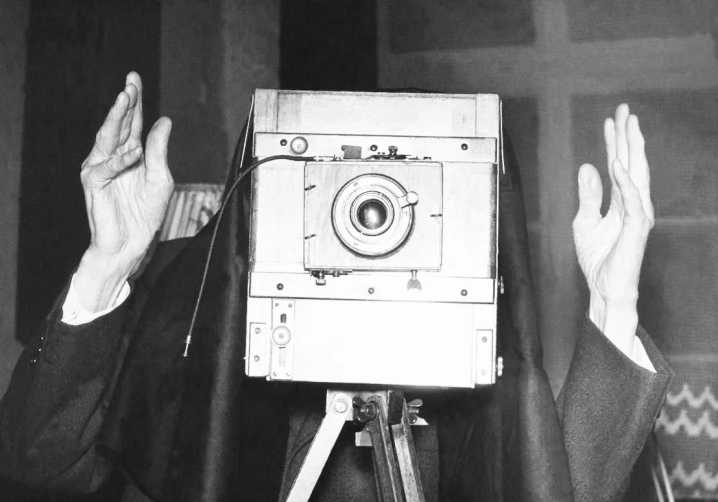
Negative
The research of Joseph Niepce was continued by Louis Dagger. He used the plates of his predecessor and treated them with mercury vapor, causing the image to appear. He conducted this experiment for over 10 years.
Then the photographic plate was treated with silver iodide, a salt solution, which became an image fixer. This is how a positive appeared, it was the only copy of a natural picture. True, it was visible from a certain angle.
If sunlight fell on the plate, nothing showed up. This plate is called daguerreotype.
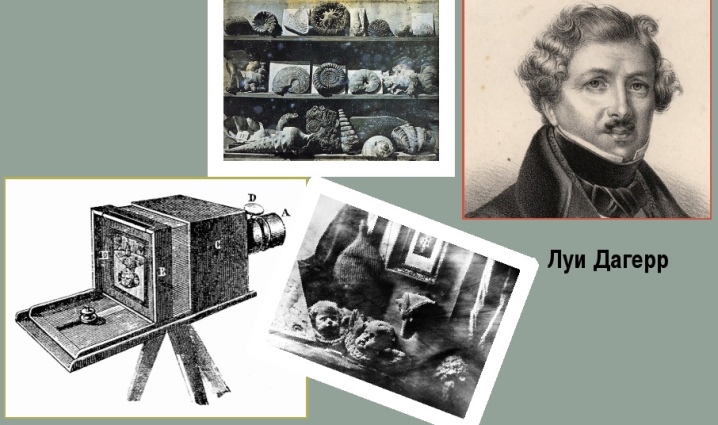
One image was not enough. Inventors began to try to fix pictures in order to increase their number. Only Fox Talbot succeeded in this, who invented a special paper with a picture remaining on it, and then, using a solution of potassium iodide, began to fix the image. But it was the opposite, that is, white remained dark and black remained light. This was the first negative.
Continuing his work, Talbot received a positive with the help of a beam of light.

A few years later, the scientist published a book in which instead of drawings there were photos.
Reflex camera
The date of creation of the first SLR camera was 1861. Setton invented it. In the camera, the picture appeared using a mirror image. But to get high-quality pictures, it was necessary to ask the photographs to sit still for more than 10 seconds.
But then a bromine-gelatin emulsion appeared, and the process was reduced 40 times. Cameras have become smaller.
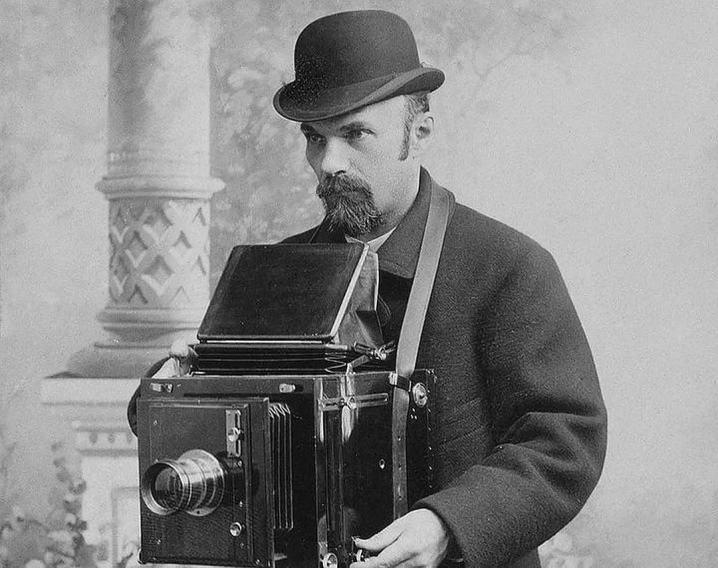
And in 1877, photographic film was invented by the founder of the Kodak company. This is just one version.
But few people know that the film camera was invented in our country. This device, which had a tape cassette, was created by a Pole who lived in Russia at that time.
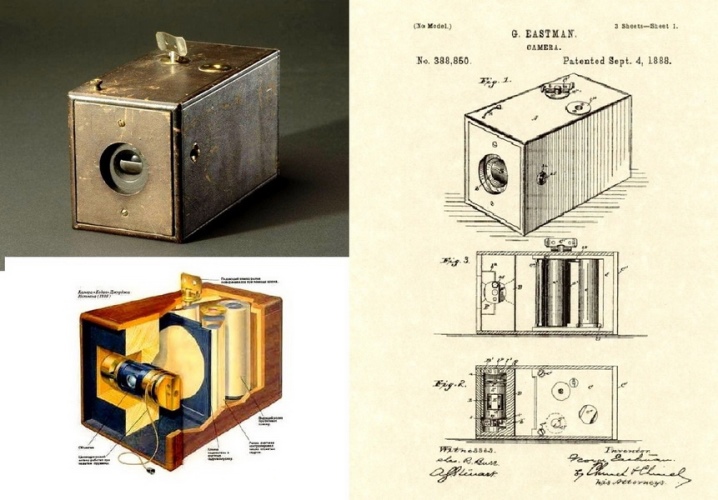
Color film was invented in 1935.
The Soviet camera appeared only in the first third of the 20th century. The experience of the West was taken as a basis, but domestic scientists introduced their developments. Models were created that had a low price and became available to the common population.
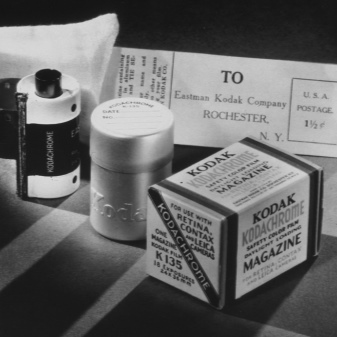

Camera evolution
Below are some facts from the history of the development of photographic equipment.
- Robert Cornelius in 1839 year worked with a chemist from the United States to improve the daguerreotype and reduce exposure. He made his own portrait, which is considered the first portrait photography. Several years later he opened several photo studios.
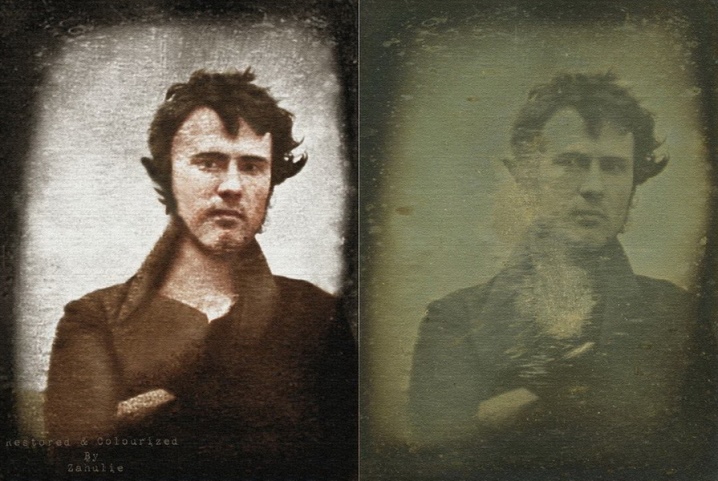
- The first photographic lenses were created in the 1850s, but before 1960, all the species used today appeared.
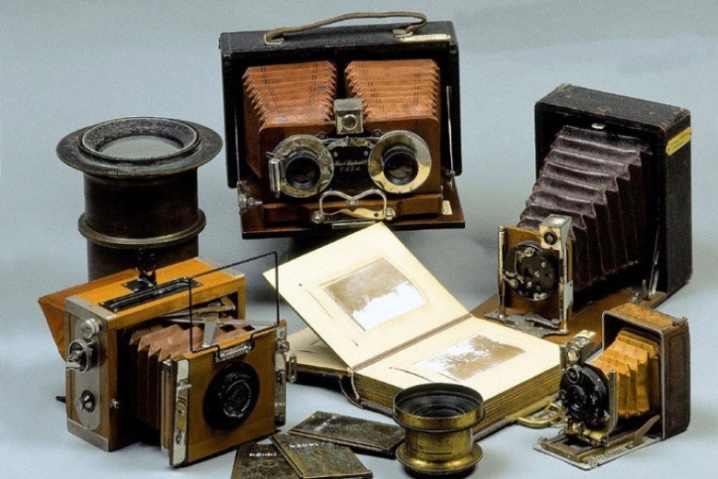
- 1856 g. was marked by the appearance of the first underwater photos. Having closed the camera with a box and immersed it in water on a pole, it was possible to take a picture. But there was not enough light under the surface of the reservoir, and only the outlines of algae were obtained.

- In 1858 a balloon appeared over Paris, on which Felix Tournachon was. He made the first aerial photography of the city.

- 1907 year - Belinograph was invented. A device that allows you to send photos over a distance, a prototype of a modern fax.

- The first color photograph taken in Russia was presented to the world in 1908... It depicted Lev Nikolaevich Tolstoy. The inventor Prokudin-Gorsky, at the behest of the emperor, went to photograph picturesque places and the life of ordinary people.


This became the first collection of color photos.
- 1932 year became significant in the history of photography, because after long research by Russian scientists, then by the Lumiere brothers, the German concern Agfa began to produce color photographic film. And the cameras now have color filters.

- Photographic film maker Fujifilm appears in Japan near Mount Fuji in 1934. The company was transformed from a cellulose and then celluloid photographic film firm.
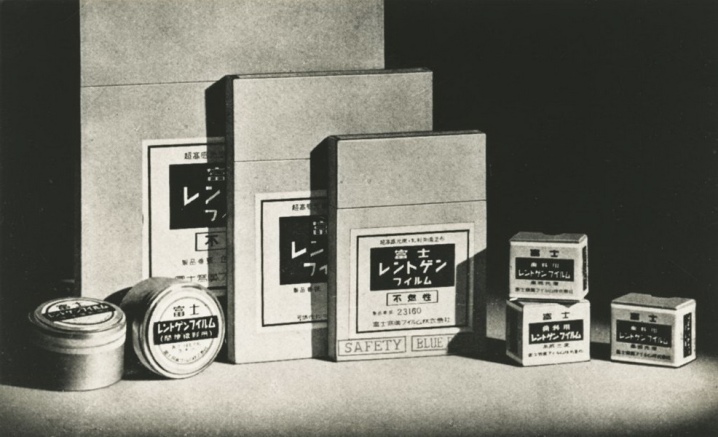
As for the cameras themselves, after the advent of film, photographic equipment began to develop at an accelerated pace.
- Boxing camera. The invention of the "Kodak" company was presented to the world in 1900. A camera made from compressed paper has become popular due to its low cost. Its price was only $ 1, so many could afford it. Initially, photographic plates were used for shooting, then roller film.
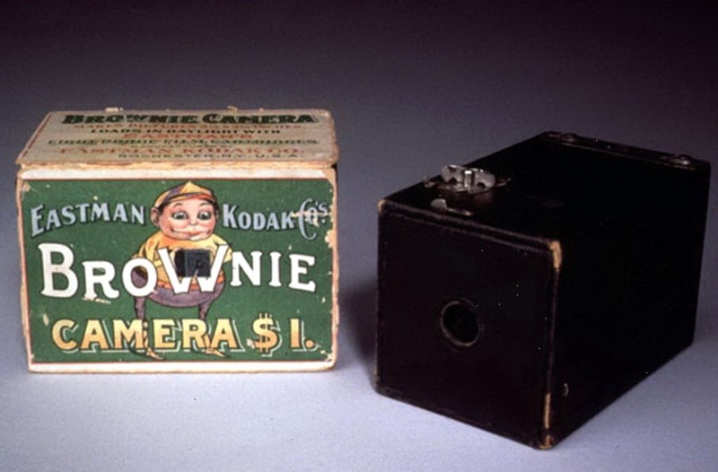
- Macro camera. In 1912, the technician of the inventor Arthur Pillsbury saw the light, who made a camera to slow down shooting. Now it was possible to capture the slow growth of plants, which later helped biologists. They used a camera to study meadow grasses.
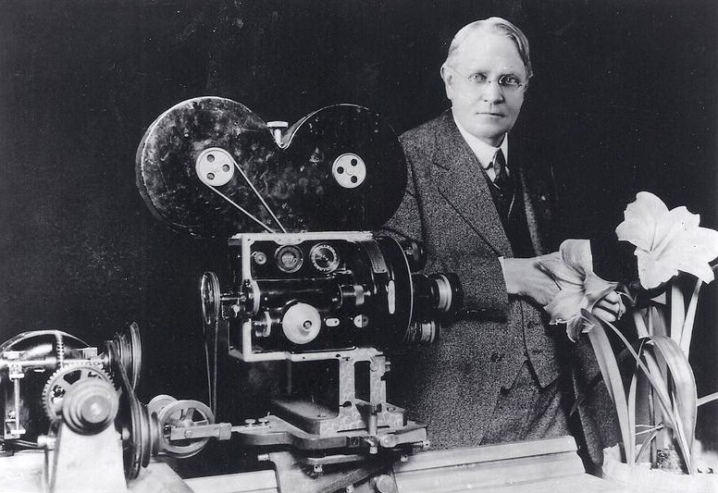
- The history of the aerial camera. As described above, attempts at aerial photography were used as early as the 19th century. But the twentieth presented new discoveries in this area. In 1912, the Russian military engineer Vladimir Potte patented a device that automatically takes time-lapse images of the terrain along the route. The camera was no longer attached to a balloon, but to an airplane. A roll film was inserted into the device. During the First World War, the camera was used for reconnaissance purposes. Subsequently, with its help, topographic maps were created.
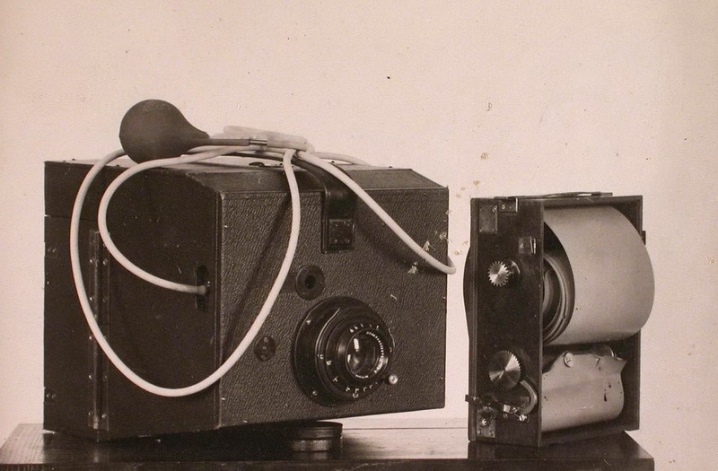
- Leica camera. In 1925, at the Leipzig fair, the Leica compact camera was presented, the name of which was formed from the name of the creator Ernst Leitz and the word "camera". He immediately gained great popularity. The technique used 35mm film, and it was possible to take small pictures. The camera entered mass production in the late 1920s, and in 1928 the growth rate reached more than 15 thousand units. The same firm made several more discoveries in the history of photography. Focusing was invented for her. And a mechanism for delaying the shooting was included in the technique.
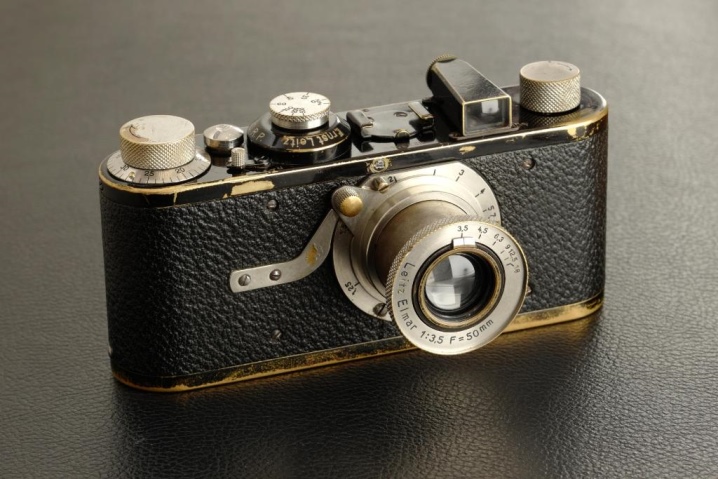
- Photocor-1. The first Soviet camera of the thirties was released. Filmed on 9x12 plates. The photos were pretty sharp, you could shoot life-size objects. Suitable for reshooting drawings and diagrams. The small camera still folds out for easy portability.

- Robot I. German manufacturers owe the appearance in 1934 of the device with a spring drive to the watchmaker Heinz Kilfit. The drive pulled the film at 4 frames per second and could take pictures with different delays. This invention was launched into mass production by the firm of Hansa Berning, who founded the Robot company.
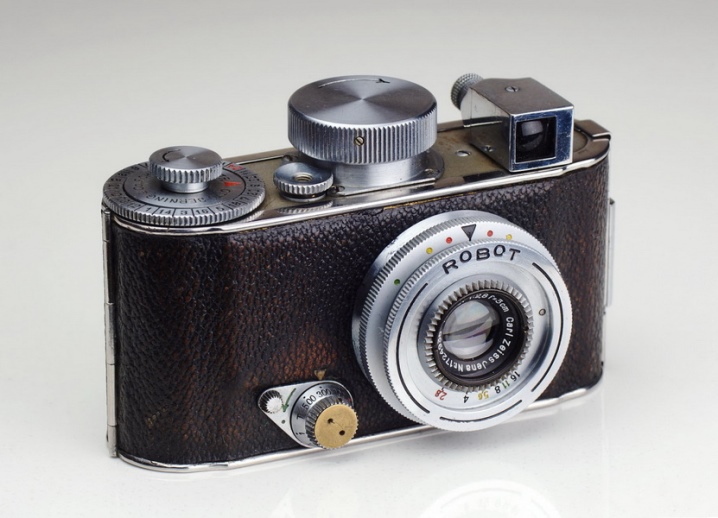
- "Kine-Ekzakta". The year 1936 was marked by the release of the first reflex camera "Kine-Ekzakta". The creator is the German company Ihagee. The camera was very media friendly. Due to its small size, it was used in the most inaccessible places. With her help, great reports were created.

- A camera with automatic exposure control. Firm "Kodak" becomes the first in the history of photography in 1938, which produces such devices. A self-adjusting camera automatically determined the degree of opening of the shutter depending on the amount of light passing through it. For the first time such a development was applied by Albert Einstein.
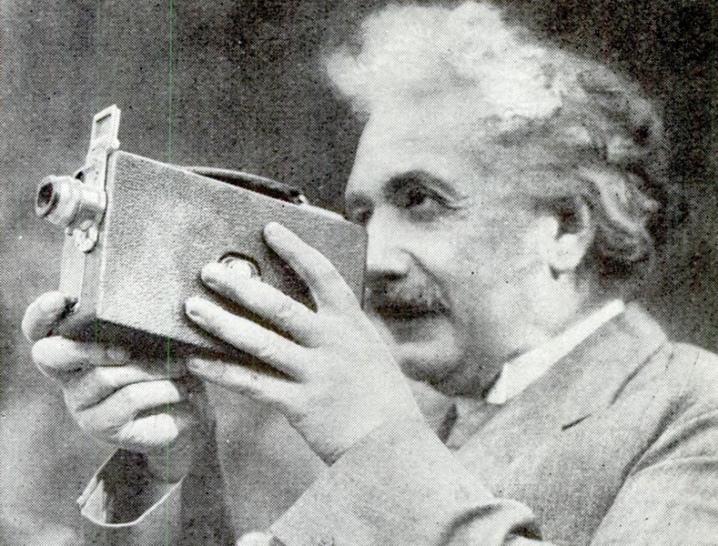
- Polaroid. The well-known camera appeared in 1948 in a company of the same name, which had been engaged in optics, glasses and photographic equipment for more than 10 years. A camera was launched into production, inside of which there was photosensitive paper and reagents capable of quickly developing a picture.
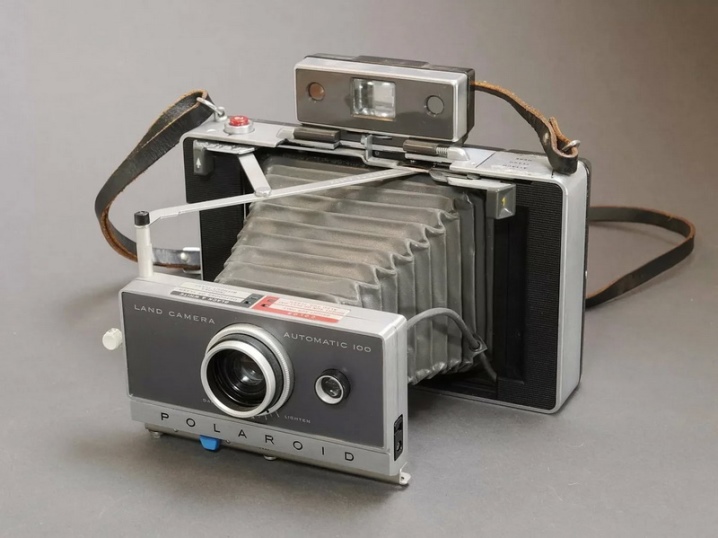
This model gained the most popularity, it was until the advent of digital cameras.
- Canon AF-35M. The company, the history of which dates back to the thirties of the XX century, in 1978 produces a camera with autofocus. This is recorded in the name of the device, the letters AF. Focusing was carried out on one object.
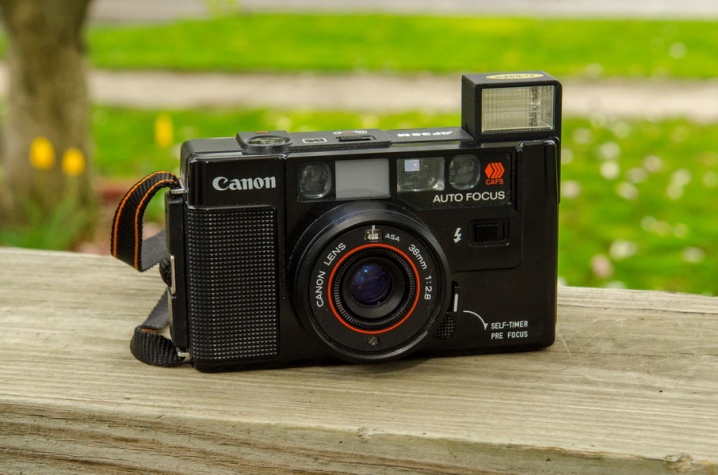
Speaking of cameras, one cannot but touch upon the history of digital cameras. They appeared thanks to the same Kodak company.
In 1975, Steve Sasson invents a camera that records digital signals onto a conventional audio cassette. The device was somewhat reminiscent of a hybrid of a film-strip projector and a cassette tape recorder and was not compact in size. The weight of the camera was 3 kg. And the clarity of black and white photographs left much to be desired. Also, one image was recorded for 23 seconds.
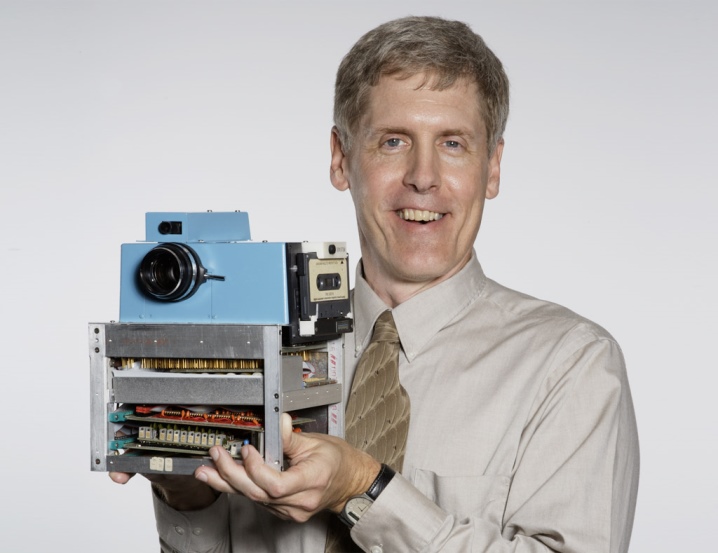
This model never came out to users, because in order to view the photo, it was necessary to connect a cassette recorder to the TV.
And only at the end of the eighties, the digital camera went to the consumer. But this was preceded by other stages in the development of numbers.
In 1970, American scientists create a CCD matrix, which after 3 years is already being produced at factories.
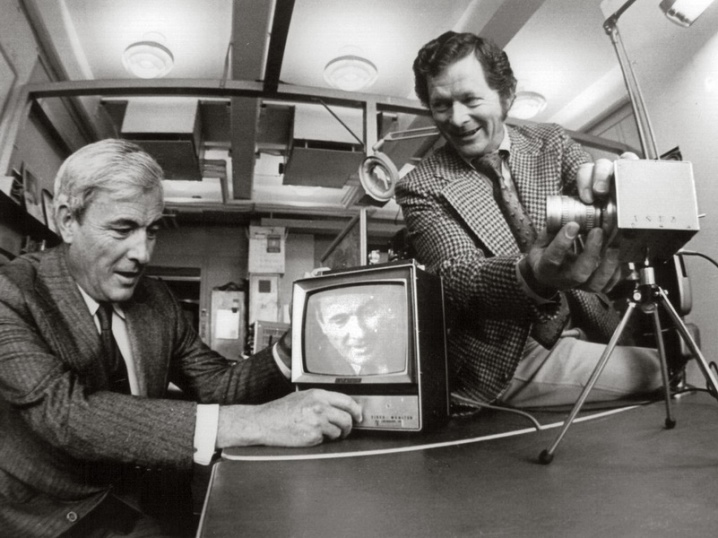
After another 6 years, cosmetics manufacturers, Procter & Gamble, got an electronic camera, which they use on the conveyor belt, checking the quality of products.
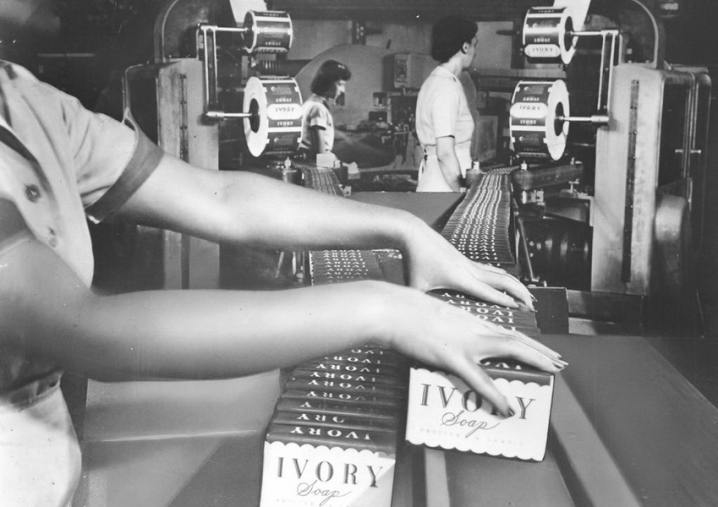
But the countdown of digital photography begins with the release of the first SLR camera by Sony.in which there were interchangeable lenses, the image was recorded on a flexible magnetic disk. True, it contained only 50 photographs.
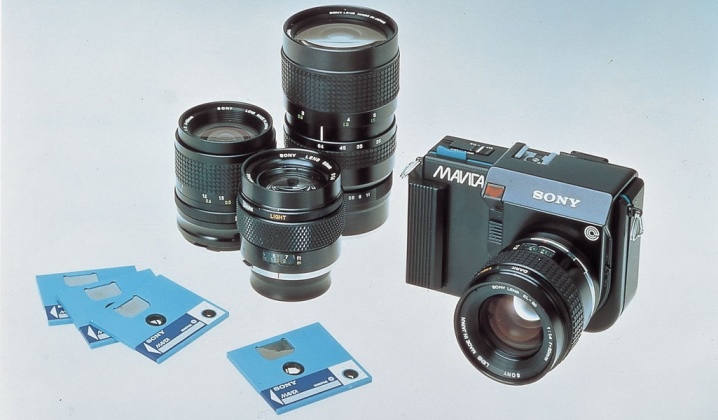
Further on the digital technology market, Kodak, Fuji, Sony, Apple, Sigma and Canon continue to fight for the consumer.
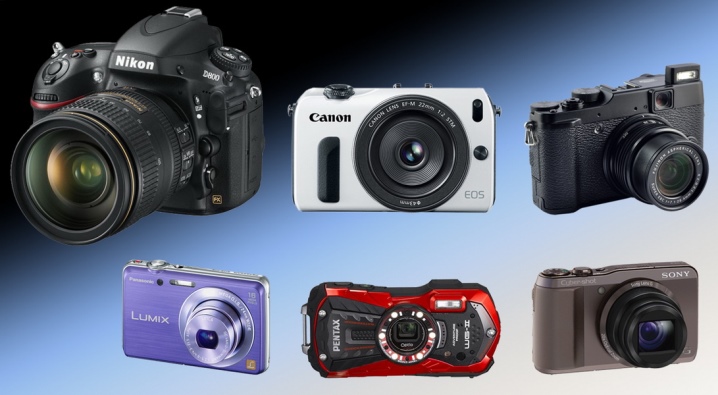
Today it is already difficult to imagine people without a camera in their hands, even if they are installed on a cell phone. But in order for us to have such a device, scientists from many countries have made many discoveries, introducing mankind into the age of photography.
Watch a video on the topic.













The comment was sent successfully.